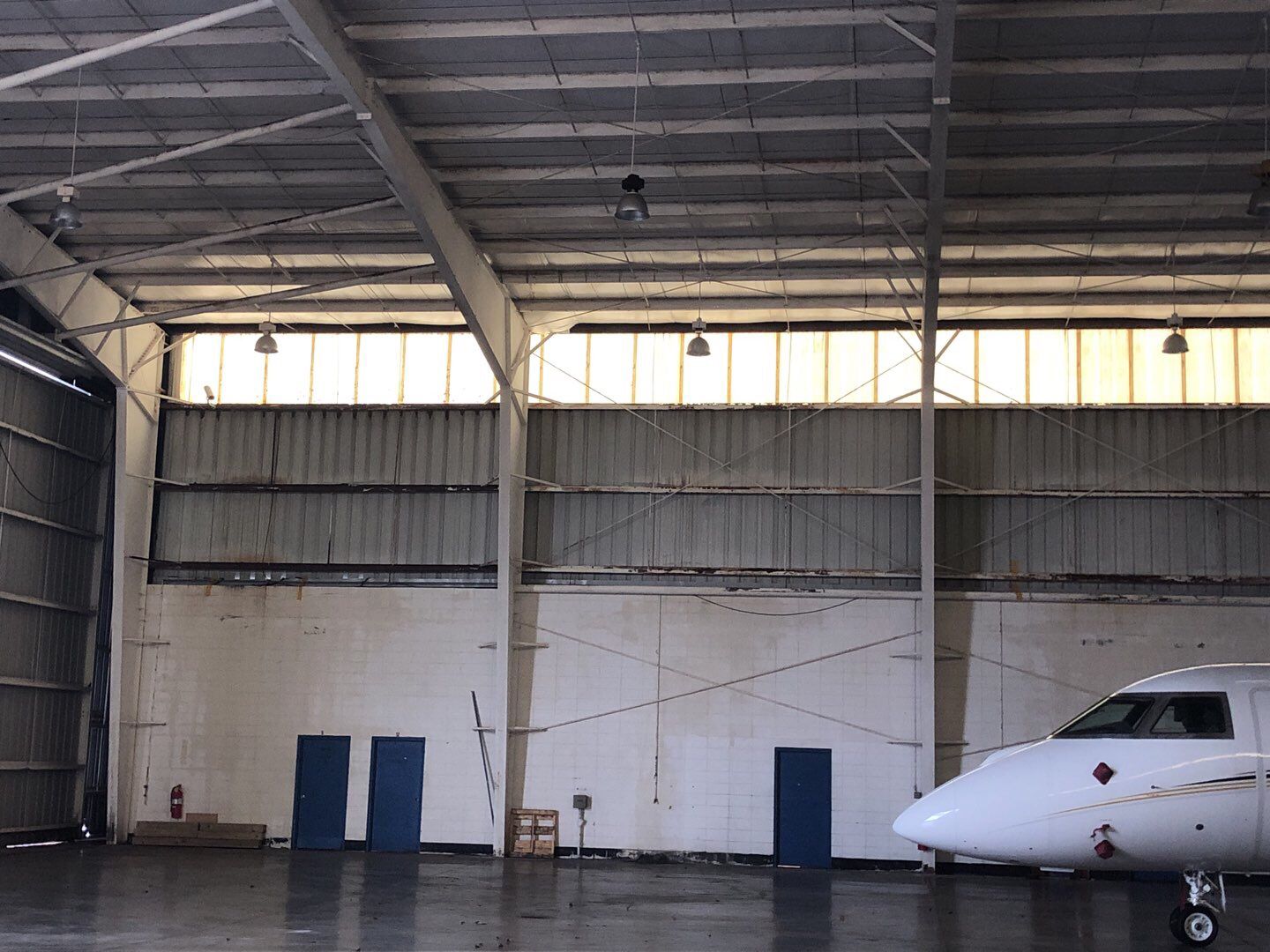 Private and charter jets have seen plenty of activity throughout 2020. Travelers want to take trips with minimum human contact. Companies that provide on-demand air service are expanding and updating facilities.
Private and charter jets have seen plenty of activity throughout 2020. Travelers want to take trips with minimum human contact. Companies that provide on-demand air service are expanding and updating facilities.
No matter whether you have a state of the art jet or a small hobby aircraft, however, the hangar where you keep your aircraft is one of your most important investments. During an aircraft’s downtime, conditions inside the hangar determine a great deal about its longevity and maintenance.
The more sophisticated your aircraft, the more important it is to carefully control your hangar and the rest of the surroundings. And with FAA regulations as strict as ever, safety remains a top priority for everyone – from commercial pilots to hobby aviators. The question: What’s the most cost-effective way to protect your airplane or helicoptor?
In many cases, the answer is protective industrial coatings for your hangar.
Don’t Overlook the Rock-Solid Passive Protection Coatings Can Provide for a Hangar
You can’t spend 24 hours a day with your aircraft, but there are ways to improve its maintenance posture and generate ongoing benefits. One of the most powerful of these is protective coatings applied in a strategic way.
Protective coatings go a step beyond aesthetics to enhance the performance qualities of the treated substrate. They can defend a facility from corrosion, temperature extremes, chemical spills, and much more.
Many of today’s specialty protective coatings were first developed for aerospace applications, so you can be sure they have a proven track record. While much attention is given to the hangar floor, there are powerful products that work throughout your demanding hangar environment.
Key Benefits of Aircraft Hangar Floor Coatings
Without a safe, reliable hangar floor, getting into the air is impossible. Your hangar floor may be subject to massive pressures from your aircraft and other equipment, but the right coatings can keep it in tip-top shape:
1. Traction
Standard polished concrete is not sufficient when it comes to aircraft hangars. Although it may improve the longevity of the concrete slab, it is too slippery for safe hangar operation. Both major airlines and the military tend to prefer epoxy floor coatings. Materials can be added to epoxy to adjust traction characteristics.
2. Maintenance
In addition to appropriate traction, it’s crucial that hangar coatings provide for fast and effective maintenance. Coatings must improve the ability to remove fuels, lubricants, and highly corrosive liquids from the floor with no staining. When regular cleanup is efficient, it is much easier to maintain surface integrity over time.
3. Visibility
Look for coatings that offer high levels of visibility and reflectivity, strengthening the ability of your safety painting to promote workplace safety in hangar operations. A coating with an included UV inhibitor can prevent yellowing. This is helpful in hangars that utilize white paint to draw attention in a standard color scheme.
4. Abrasion Resistance
Epoxy floor systems have the potential to increase compressive strength and safeguard against abrasions. If an abrasion occurs, it is relatively easy to fix. No matter what type of flooring you choose, abrasion resistant elements should be part of your hangar’s flooring mix.
5. Surface Hardeners
If you will continue to use concrete flooring, consider adding a surface hardener. A standard hardening agent works by penetrating through the floor’s surface and creating a permanent layer of calcium silicate hydrate (CSH). This can augment the strength of a concrete hangar floor by more than 45%.
Selecting Specialty Coatings for the Rest of Your Hangar
Your hangar isn’t just a floor. Every substrate and equipment-piece makes a difference. Here are just some of the ways specialty coatings can contribute to a high-performance environment:
1. Concrete Sealing
Even a small amount of excess humidity can prove dangerous to your aircraft. Concrete sealing is a must as part of an overall waterproofing strategy. Appropriate concrete sealant is cost-effective and easy to apply. Water-repelling sealant can also be designed to resist corrosion and intrusion of industrial oils.
2. Electrostatic Painting
Electrostatic painting is used to coat grounded metal surfaces with positively charged paint particles. Particles are discharged from a specialized applicator gun and wrap around the component on contact. The charge ensures strong attraction between the coating and substrate, making it ideal for equipment in your hangar.
3. Rust Prevention
Preventing corrosion is much easier than treating it, and aircraft corrosion is one of the biggest risks to surface integrity recognized by the Aircraft Owners and Pilots Association. Many premium anti-corrosion coatings are rated for use on modern aircraft and should also be applied to vulnerable surfaces and equipment.
Just like your aircraft, industrial coatings represent advanced technology in action. From floor to ceiling, your hangar can perform even better with the right coatings: That translates directly to lower maintenance costs and more flight-worthy years for your favorite aircraft.






